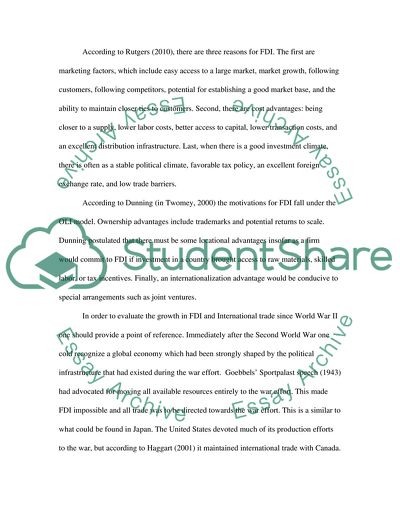Cite this document
(The Growth of Trade and Foreign Direct Investment in a Post World War Term Paper, n.d.)
The Growth of Trade and Foreign Direct Investment in a Post World War Term Paper. Retrieved from https://studentshare.org/macro-microeconomics/1733614-global-economy
The Growth of Trade and Foreign Direct Investment in a Post World War Term Paper. Retrieved from https://studentshare.org/macro-microeconomics/1733614-global-economy
(The Growth of Trade and Foreign Direct Investment in a Post World War Term Paper)
The Growth of Trade and Foreign Direct Investment in a Post World War Term Paper. https://studentshare.org/macro-microeconomics/1733614-global-economy.
The Growth of Trade and Foreign Direct Investment in a Post World War Term Paper. https://studentshare.org/macro-microeconomics/1733614-global-economy.
“The Growth of Trade and Foreign Direct Investment in a Post World War Term Paper”, n.d. https://studentshare.org/macro-microeconomics/1733614-global-economy.


